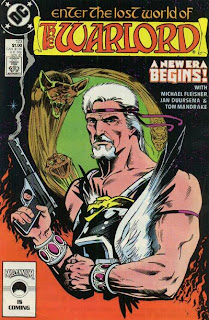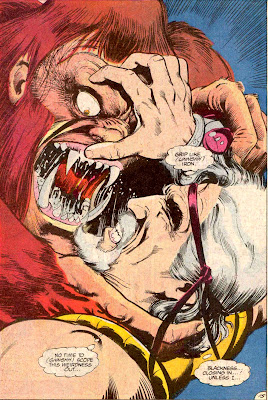Like a jewel on the Rim of known space, the Fortuna system and its casino stations beckon. It’s one of the most glamorous destinations in the Strange Stars: Where else can fortunes be won (or lost) on a roll of the dice in view of a planet made of diamond?
The casinos, bordellos, and other pleasure stations are mostly found at lagrange points in the orbit of the gas giant, Fortuna IV. While the gambling houses are independently owned, they all rely on the keen Minds of the Gaming Comission. This ai collaborative ensures no one cheats and monitors all gambling aspects of casino operation as a service to the owners. No one knows the location of the Comissions’ primary minds, but it’s rumored to be deep within the atmosphere of Fortuna IV.
The casinos, bordellos, and other pleasure stations are mostly found at lagrange points in the orbit of the gas giant, Fortuna IV. While the gambling houses are independently owned, they all rely on the keen Minds of the Gaming Comission. This ai collaborative ensures no one cheats and monitors all gambling aspects of casino operation as a service to the owners. No one knows the location of the Comissions’ primary minds, but it’s rumored to be deep within the atmosphere of Fortuna IV.
The most famous of the Fortunan casinos is the Wheel--a station designed to look like an Old Earth roulette wheel. It's rumored to be owned by Alys Eldorose, a famous gambler in her own right. Some say Alys was one of the original colonizers, whose mind sailed out on a lightship at 10% of the speed of light back in the Age of Human Expansion. If so, she would be thousands of years old. Alys is never known to have responded to these rumors, one way or the other.
Alys also owns the diamond planet, Solitaire (Fortuna I). She leases parts of it to mining concerns, but mostly uses it for entertainment and gambling. Bot races take place on the planet’s darkside with feeds for teleoperation and telepresence for the casinos' patrons. It’s rumored Alys may also have a data vault buried deep underground along the terminator, where the heat starts to climb to metal-liquefying temperatures.
Alys also owns the diamond planet, Solitaire (Fortuna I). She leases parts of it to mining concerns, but mostly uses it for entertainment and gambling. Bot races take place on the planet’s darkside with feeds for teleoperation and telepresence for the casinos' patrons. It’s rumored Alys may also have a data vault buried deep underground along the terminator, where the heat starts to climb to metal-liquefying temperatures.











































